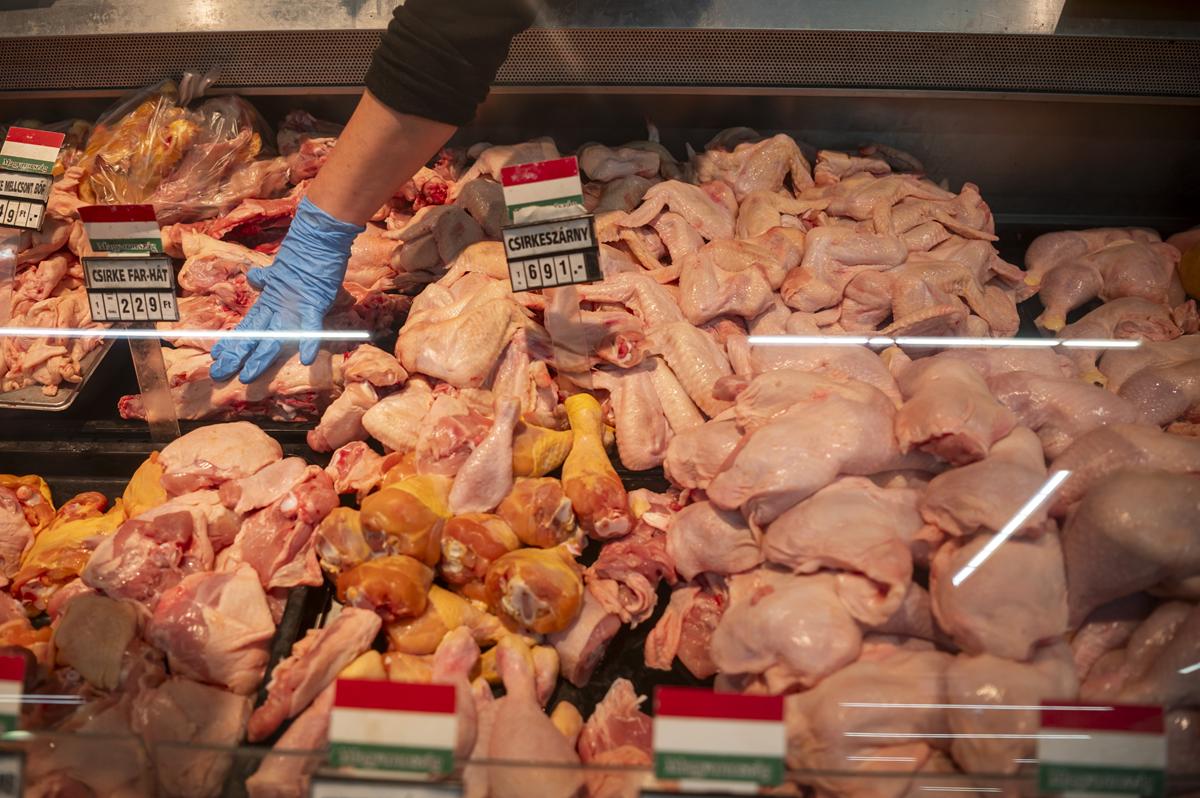Hungary’s margin cap backfires: Some food prices surge by nearly 50%

To combat rising food prices, the Hungarian government introduced an “árrésstop” (margin cap) on 17 March. The measure limits retailers with annual revenues exceeding HUF 1 billion to a maximum 10% markup over wholesale prices on 30 essential food categories. The primary goal is to protect consumers from excessive price hikes and ease financial burdens on households. However, early data suggests that the policy’s effectiveness is mixed, with both price decreases and unexpected price increases observed.
Mixed price changes in the first week
In the first week following the introduction of the margin cap, Hungary’s Ministry of Economic Development analysed prices across 2,547 food products. The findings revealed that while 1,044 items saw price reductions, 319 actually became more expensive, and 1,185 remained unchanged. Certain staple foods, such as dairy products and meats that are not directly subjected to the margin cap, have experienced notable price hikes, Portfolio reports.
Analysts suggest that retailers may be compensating for reduced margins on capped items by increasing prices on non-capped products. This practice, known as cross-pricing, allows stores to recover lost profits by making up for them in other areas. Some experts warn that the intended consumer benefits may be offset by these price adjustments elsewhere in the market.
Sharp increases for certain products
Despite the general trend of stabilisation, some products have experienced significant price hikes. According to Portfolio, among the analysed items, 33 saw price increases of over 40%, including various pasta products, sausages, cold cuts, and fruits. Retail chains such as Spar, Auchan, and Tesco recorded the highest number of these drastic increases. In some cases, the same products—such as Pick original salami (800g), Gyermelyi spaghetti (500g), and Bonduelle Gold Premium canned corn (340g)—jumped by nearly 50% in price across multiple retailers simultaneously.
Beyond this extreme category, dozens of other food products saw increases ranging from 10% to 40%, including frankfurters, frozen French fries, cucumbers, and bottled mineral water. Some analysts suggest that these price hikes could be linked to supply chain issues, supplier price increases, or the expiration of previous discounts. However, the fact that identical price jumps were observed for the same products in different stores raises concerns about coordinated pricing strategies among retailers.
Retailers under pressure
Retailers, especially smaller ones, face significant challenges under the margin cap. The 10% limit on profits must cover all operational costs, including wages, utilities, and logistics. While large supermarket chains may absorb the impact due to economies of scale, smaller retailers could struggle, potentially leading to reduced competition in the market.
Moreover, retailers might react to profitability concerns by limiting stock or discontinuing certain items altogether. If a product is no longer financially viable to sell under the price cap, its availability could decrease, potentially leading to shortages. According to Infostart, to counteract this risk, the government requires stores to maintain previous sales volumes of capped products, but ensuring compliance remains a challenge.
Will the policy achieve its goals?
The margin cap was introduced with the promise of easing financial pressure on consumers, but its long-term success remains uncertain. While some essential food prices have dropped, the indirect effects—such as price hikes on other goods and potential supply issues—cast doubt on whether the policy will deliver significant relief.
Government’s assessment: Price cap cuts food costs by 17.7%
The government-mandated cap on markups for some staples has reduced prices of the affected food products by 17.7pc on average, Róbert Zsigó, a state secretary at the Culture and Innovation Ministry, told public media on Tuesday. Zsigó said prices of around 70 products had increased, adding that the circumstances would be scrutinised.
He said the impact of the measure was expected to show up in April inflation data, and a decision on whether or not to keep the cap in place or take further steps would be taken at the end of May.
Zsigó noted that supermarket chains that failed to comply with the markup restrictions would face fines of HUF 5m per product category. He said the cap had addressed “unjustified overpricing”, pointing to an earlier 42pc profit margin on chicken wings, a 68pc markup on milk and a 129pc markup on sour cream.
Read also:







